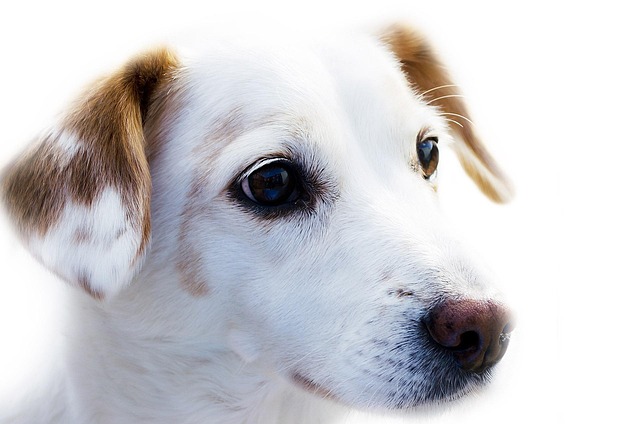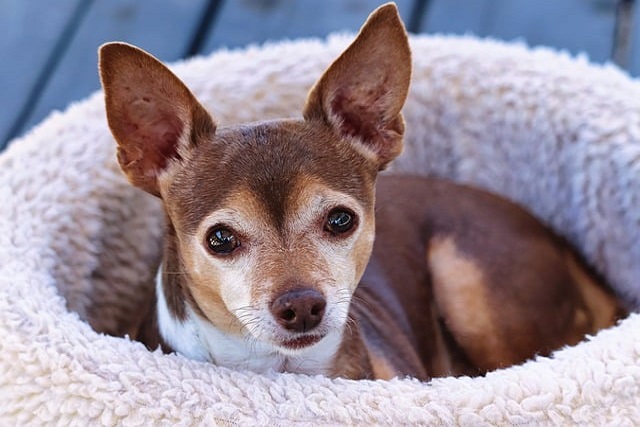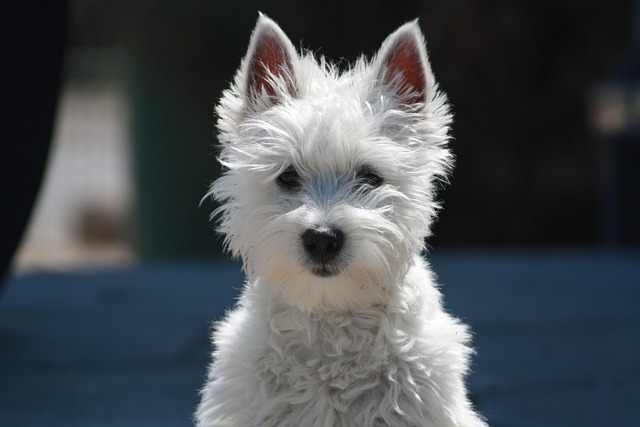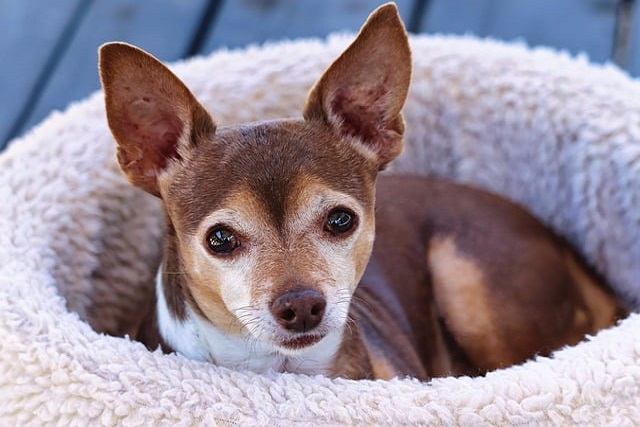
How to train your dog to come when called outside?
When you loosen the leash and watch the dog running happily on the grass, with its tail raised high and the sun shining on its fluffy hair, its free and cheerful appearance makes people smile.
When we walk our dogs on the street, an ordinary-looking leash carries the important mission of ensuring safety and regulating behavior. Correctly using a leash to train dogs not only helps them follow orders outdoors but also serves as a process for owners to build trust and convey care with their pets. Every tug is a silent communication, embodying professional training skills and warm emotional connections.
Choosing a suitable leash is the first step in training. There are many types of leashes on the market, including ordinary leashes, retractable leashes, P chains, and harnesses, each suitable for different situations and breeds. Ordinary leashes are simple in structure and moderate in length, suitable for daily use by most dogs; retractable leashes allow dogs to move freely within a certain range but require owners to have good control, otherwise, dogs may run out of control; P chains can effectively correct behaviors such as lunging through reasonable pressure feedback, but improper use may harm dogs; harnesses distribute pressure well on the dog's body, making them suitable for puppies, senior dogs, or breeds prone to tracheal problems. When selecting a leash, consider the dog's size, personality, and training needs, as well as the comfort and safety of the material. For example, small dogs can use lightweight and soft cotton leashes, while large dogs need strong and durable nylon leashes. A suitable leash is like a "safety partner" tailored for the dog, laying a good foundation for training.
Before using a leash to train a dog, it is crucial to let the dog get familiar with the leash. Many dogs resist when first exposed to a leash—they may shake their heads, bite the rope, or stand still and refuse to move. This is because dogs feel uneasy about unfamiliar objects, just as children want to take off an unfamiliar hat when they first wear it. Owners should be patient, place the leash in front of the dog, let it sniff and get familiar with the smell, and at the same time give snacks and gentle strokes to help the dog gradually let go of its guard. You can first gently drape the leash over the dog, leave it on for a moment, and then take it off. Repeat this process and gradually extend the time the leash stays on the dog. When the dog shows acceptance, promptly praise and reward it so that it understands that wearing a leash is not a terrible thing but a positive experience. This familiarization process is the beginning of the owner conveying trust to the dog, like building a bridge of communication that makes the dog willing to cooperate with subsequent training.

During formal training, "heeling" is an important part of leash training. At the beginning, the owner can put a leash on the dog at home or in a quiet open area, hold one end of the leash, keep an appropriate length, and let the leash relax. Then, call the dog's name and walk forward slowly. If the dog can stay close to the owner and maintain the correct position, immediately give snacks and verbal praise, such as "good dog" or "great job." If the dog moves ahead, falls behind, or pulls the leash to the side, the owner should not pull hard but gently shake the leash to 发出 (give) a gentle stopping signal, while stopping and waiting for the dog to return to the correct position before continuing. In this process, the owner's pace and emotional state are also important—keep them steady and gentle to make the dog feel safe. Through repeated practice, the dog will gradually understand that following closely by the owner's side is the correct behavior when on a leash, thus developing good heeling habits.
In addition to heeling training, using a leash to correct bad behaviors such as lunging and excessive sniffing is also crucial. When a dog lunges, the owner should not engage in a power struggle but suddenly stop, turn in the opposite direction, and tighten the leash to prevent the dog from moving forward. Wait until the dog calms down and focuses back on the owner before continuing. If the dog lunges again, repeat the action. The core of this method is to let the dog understand that lunging cannot achieve its goal and that only by following the owner's guidance can it move forward. For dogs that like to sniff indiscriminately outdoors, the owner can gently pull the leash and issue a stop command like "no" when the dog lowers its head to sniff, then guide the dog to continue moving forward. When the dog can obey the command and reduce indiscriminate sniffing, reward it in a timely manner. In the process of correcting these bad behaviors, the owner needs to maintain a firm attitude but must never use violence against the dog. Instead, use gentle but clear methods to let the dog understand the rules.
Training a dog with a leash is not only about regulating behavior but also an opportunity to enhance mutual affection. Every patient guidance, every encouraging look, and every delicious reward convey the owner's love and care to the dog. The dog's transformation from initial resistance to the leash to gradual adaptation and obedience is full of warmth and touching moments. When we see the dog obediently following by our side and cooperating with us tacitly, the sense of achievement and happiness is beyond words. The leash is like an emotional bond that tightly connects the owner and the dog, making our journey together more reassuring and beautiful.

When you loosen the leash and watch the dog running happily on the grass, with its tail raised high and the sun shining on its fluffy hair, its free and cheerful appearance makes people smile.

In the thousands of years of symbiosis between humans and dogs, training has always been the key link to maintain the tacit relationship between the two.

When we walk with our dogs on the street, we are supposed to enjoy a leisurely time, but suddenly encounter a cat. The dog instantly tenses up, barks non-stop, and even struggles to break free from the leash to pounce on the cat.

When you get lost in a dense forest or are looking for key clues in a case, there is always a group of special "companions" who can use their keen sense of smell to clear the fog and lead us to the truth. They are dogs with excellent tracking ability.

When we walk our dogs on the street, an ordinary-looking leash carries the important mission of ensuring safety and regulating behavior.

When we happily plan to take our dog to the suburbs or go to the pet hospital for a health check, we find that it is full of fear of cars and shivers in the corner. The expectation instantly turns into heartache.